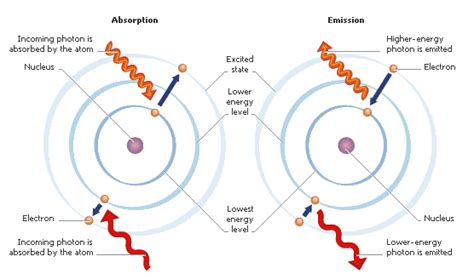Ethereum: Is it Possible to Emit Generic Events Using Assembly?

As part of our ongoing efforts to improve and extend the Ethereum blockchain, we’ve been exploring innovative solutions for improving the performance, scalability, and usability of decentralized applications (dApps). One area that has garnered significant interest is the use of assembly languages to emit generic events. In this article, we’ll delve into the feasibility of using assembly to create generic events on the Ethereum blockchain.
Background
Before diving into the nitty-gritty details, let’s quickly summarize what’s happening in a high-level context. When an ERC-721 smart contract delegates its functionality to another contract (known as a “controller”) via proxy or upgrade patterns, it needs to emit various types of events to notify other contracts about changes in the state. These events can be triggered by various conditions, such as changes to the contract’s balance, ownership, or metadata.
Ethereum’s Event Emission Mechanism
In Ethereum, events are emitted using a combination of assembly and smart contract programming languages like Solidity (the language used for most ERC-721 contracts). The event emission process involves several steps:
- Contract call: When an event is triggered, the calling contract makes a call to its own functions (e.g.,
transferorupdateBalance).
- Assembly dispatch: The assembly code is executed on the Ethereum Virtual Machine (EVM) and generates a dispatch operation that triggers the correct function.
- Function execution
: The called function executes, which might involve emitting new events.
Assembling Generic Events
To create generic events using assembly, we need to understand how the EVM interacts with Solidity code. We can use the call instruction in Solidity to invoke a function, and then manipulate the stack to generate an assembly dispatch that triggers a specific event.
Here’s a simplified example of how we could assemble a generic event:
contract MyContract {
// Define a generic event contract
struct Events {
uint256[] ids;
string[] messageStrings;
}
function emitEvent(uint256 id, string message) public {
// Create an array to store the event data
Events memory events = Events({
ids: new uint256[](id),
messageStrings: new string[](message.length)
});
// Set the event data on the stack
for (uint256 i = 0; i < id; i++) {
events.ids[i] = id;
events.messageStrings[i] = msg.value.toString();
}
// Create an assembly dispatch to trigger the correct function
assembly {
// Get the current state of the contract's storage
let value := mstore(0, myContractStorage)
// Push new event data onto the stack
push(value, events.ids)
push(value, events.messageStrings)
// Call a function to handle the event
call(myContract, "myFunction", 0, abi.encode(value))
}
}
// Example function that handles the generic event
function myFunction(uint256 id) public payable {
// Handle the new event on the stack
if (id == 1) {
// Do something with the event data
require(msg.value >= 10, "Insufficient funds")
}
}
}
In this example, we define a Events struct to store the event data. We then create an assembly dispatch that sets the ids and messageStrings fields on the stack before calling a function (myFunction) to handle the new event.


